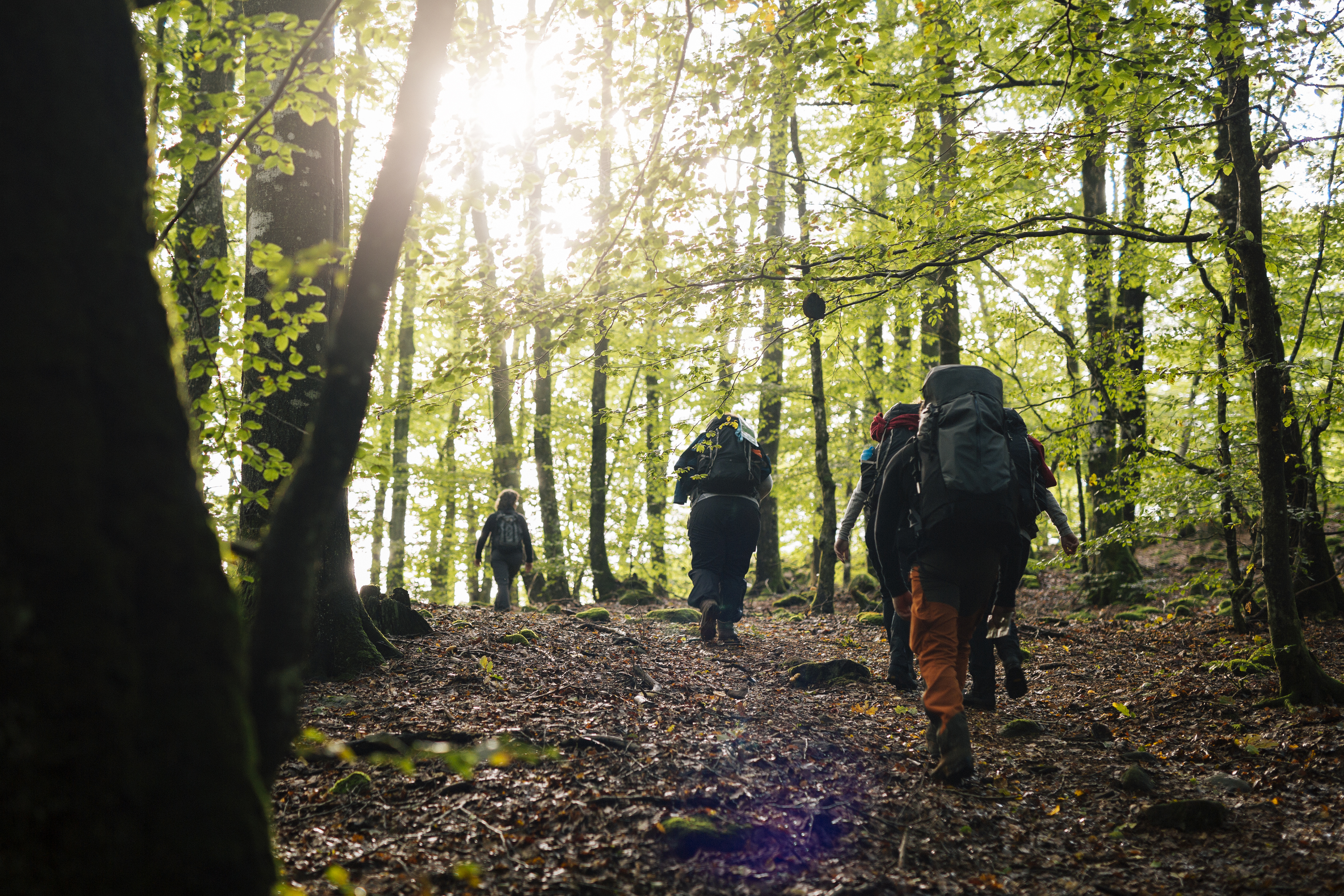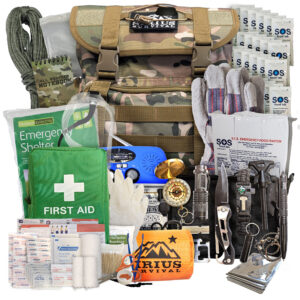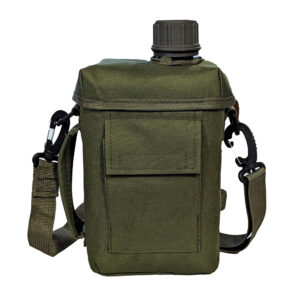If you think that just because you outdoors mean there aren’t any rules – you’re wrong. Being outside, whether you’re hiking or camping, there are certain guidelines you should follow. There might be specific rules or regulations depending on where you are, but overall there are some basic etiquette tips that should always be followed.

Plan Ahead
Before heading out on any adventure you should always plan ahead. Whether this means you’re checking the weather before heading for a quick hike or you’re planning your trek for a week-long camping expedition.
No matter the situation, you should plan ahead and be prepared. Don’t head out without the proper equipment for outdoor etiquette. This may include having bags to collect your garbage, storing liquids in plastic instead of glass or cans, etc.
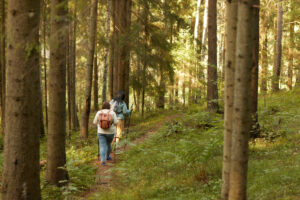
Having the general knowledge of the dos and don’ts will go a long way.
Respect the Environment
Obviously, any time you’re headed outdoors you should be respecting the environment. It doesn’t matter whether you’re taking the dog for a walk around the block or taking a several-day camping expedition, you need to respect the landscape.
This includes traveling in small groups in order to minimize the damage done to the areas. If 20 people are walking in a line, that’s going to do a lot more damage than 2 people walking in a line. With this being said, you should also stay on designated trails.

Going hiking through an undesignated area will result in disrupting the landscape and damaging any areas you are walking over. This is especially important if it is muddy or wet. Staying on the trails, especially walking in the middle of them (as opposed to the outsides will help them stay the original width. You should be wearing appropriate footwear so walking through some mud shouldn’t be a problem. If you walk on the outside you are actually increasing the width of those trails.
If you’re traveling long distances try to stay on stable land (rocks, gravel, dry grass) as opposed to walking through fresh vegetation. Camping on durable surfaces is also important. If you have a tent on a plot of land for several days it will take some time for the area to heal after you leave. If possible, find a spot with a clearing, some rocks, or already established campsites.
Dispose of Waste

This is a big one! If it wasn’t there when you got there, it shouldn’t be there when you leave. Anything that is not naturally found in the environment shouldn’t be left there. Cans, bottles, wrappers, plastic, etc. are a few of the items that are often left behind while camping. Food comes in a wrapper, we get it, but if you pack it in – pack it out.
Before leaving your campsite, look around and be sure you are not leaving anything behind. Also, never bury your trash. Some materials don’t degrade over time, and in addition, trash is often unburied by animals. You aren’t doing anyone any favors by digging a hole and putting your empty cans in it. Just take them out with you.
If you planned ahead, you should have some Ziploc bags or an extra garbage bag to properly dispose of any trash you have.
If you want to really excel with your etiquette then try to leave a “negative trace.” This is going above and beyond “leave no trace.” Instead of just worrying about what you might have left behind, you can help out others that might not be as well versed in outdoor ethics and pick up any disposable items you see around the site. Happen to see a bottle on the trail? Pick it up. Come across a food wrapper? Grab it.
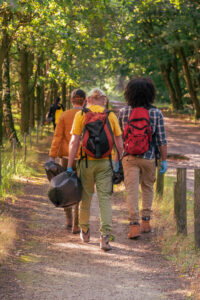
For items you can’t pack out, like food waste – make sure you are washing dishes at least 200 feet from the nearest campsite. Any particles you wouldn’t want to ingest yourself shouldn’t be put into the water. Similarly to this, be careful of using shampoo, body wash, toothpaste, etc. If you are going to use these products then try to use the bare minimum. There isn’t shampoo naturally found in lakes or streams, don’t add those chemicals into the waterways.
Leave it!
This might seem like common sense, but you’d be surprised how many people want to take a special item from a journey. Whether you’re scooping up a few rocks, shells, petrified wood, etc. you should really think twice before removing any objects from that environment. It may not seem like a big deal, but if everyone took just a few feathers or other artifacts, what would be left? Instead, take pictures.
The only thing you shouldn’t be leaving behind in your own garbage. Otherwise, leave the environment alone. See some beautiful flowers? Snap a picture instead of pulling them out of the ground.
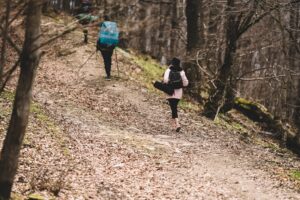
Respect the Wildlife
You are a visitor. Whether you’re hiking the Appalachian Trail or taking a leisurely walk through your neighborhood park you are a visitor in someone else’s environment. There are plants and animals that are relying on this environment for survival. Don’t mess with it. There is no need to pick up a toad, or snake, or any other animal you might see. Do not touch the wildlife. There is no need to pick the flowers from the ground or feed the deer you come across. This is changing and impacting their environment and if everyone did this we would see some major impacts from this behavior.
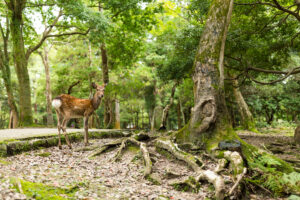
Be sure you are observing wildlife from a safe distance. While respecting the wildlife, you may want to consider having your campsite at least 200 feet from the nearest water source. It may seem convenient for you to set up camp close to the waterway – however – there are animals that rely on that water for survival. Seeing humans near it will most likely scare them off. Be respectful and keep a safe distance.
Respect Other Vistors
Not only should you be respecting the plant life and wildlife, but you should also be respecting other visitors. You don’t know who else (or what else) may be in the outdoors with you. Keeping an appropriate volume is something to be considerate about. Playing music or yelling and shouting will not only disturb wildlife but is also pretty annoying for any other people hiking in that area. If you are bringing a dog, or other pet, try to keep them on a leash. Dogs tend to chase after other animals and can get into things and disrupt the environment. Not to mention, if you do encounter other people you’re never going to know their tolerance or feelings toward approaching your pet.
Another random piece of advice, if you are hiking on a hill and come across other people, the uphill hikers have the right of way. They should go first before you head your descent.
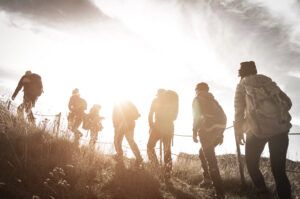
If you do happen to be outdoors and see anyone damaging property or violating regulations you can report this to the proper authorities. Another idea is to help these people and inform them of the proper outdoor protocols and ethics. The more people who practice Leave No Trace the better our environment will be in the long run.
